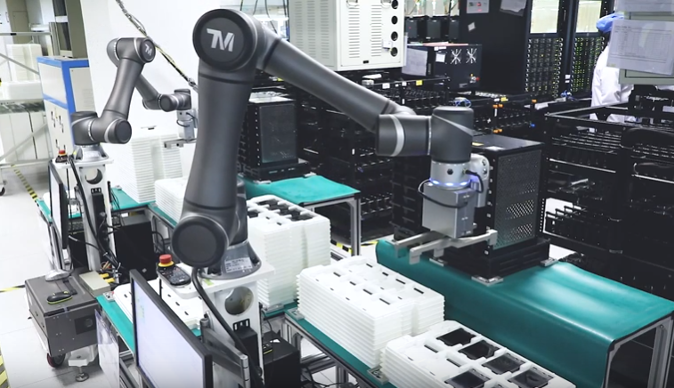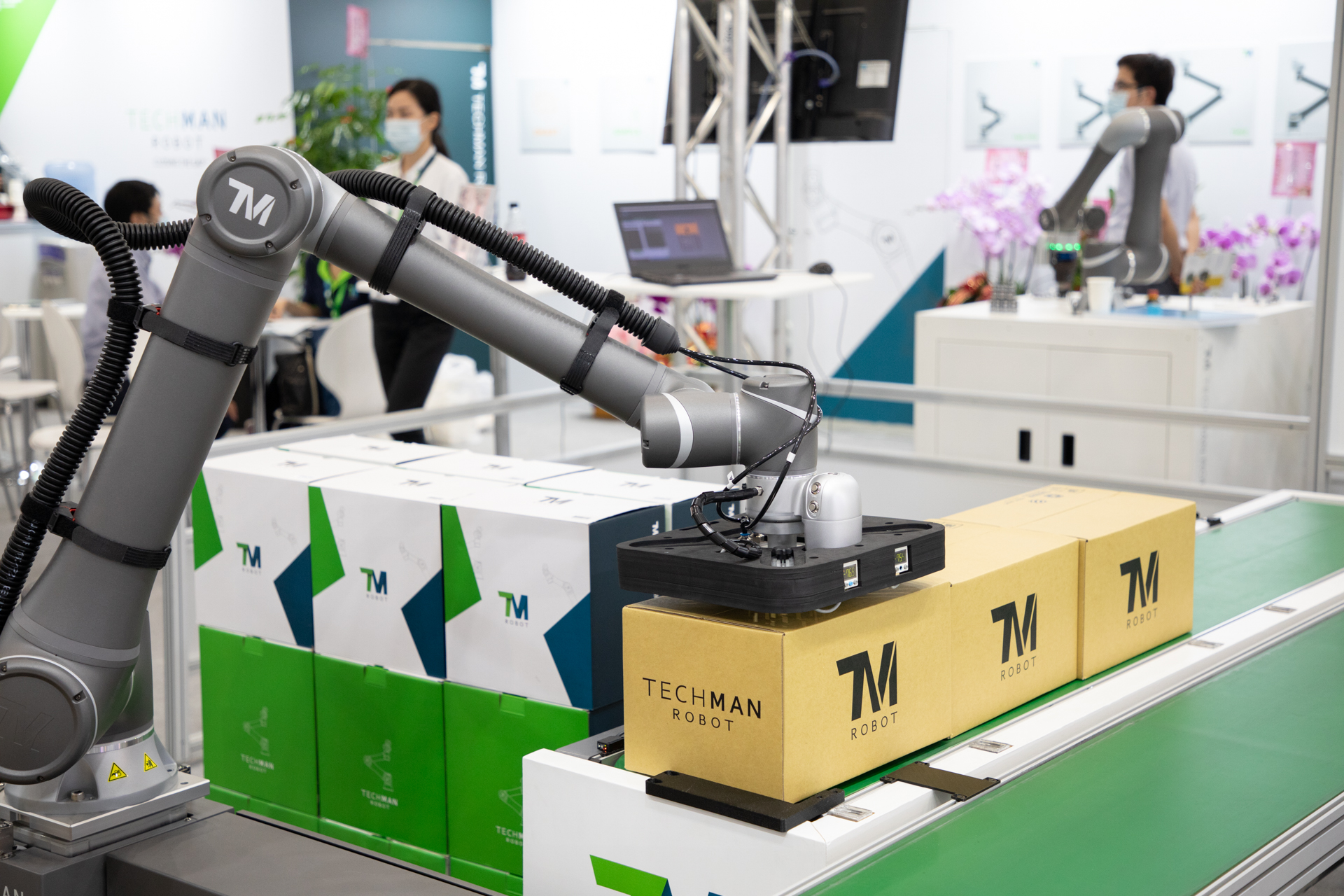Vision systems for robots can dramatically improve their performance and efficiency in various settings. Robots without vision are limited to simple, repetitive tasks that cannot be modified easily without reprogramming. Robots with vision perform with much greater flexibility, able to respond to the added visual context.
Determining the right robot vision system for the right industry application, however, can turn into a complicated task. Industry manufacturers should access these criteria in helping them decide.
2D vs 2.5D vs. 3D Vision
Imaging requirements depend on the complexity of the task at hand. 2D robot vision is flat, measuring length and width, but not height. 3D measures all three, as well as rotational information around all three axes.
Not all industrial applications might require 3D, however. For instance, a 2.5D robot vision system might be sufficient for flat operational surfaces, as long as the robot can calculate distances between objects with the necessary precision.
It has taken extensive, decades-long research to achieve one of 3D’s major benefits, like bin picking. Robotic grip development and anti-collision programming have increased the precision of this task tremendously. Today’s software systems accompanying true 3D vision systems can also measure and calculate with pixel point precision at much faster speeds than 2D systems.
Lens Selection
Robot vision system needs good quality imaging to make the crucial visual measurements that guide robot or collaborative robot movement. Lens optical quality as well as the accompanying camera sensor are very important in determining the kind of image that is produced.
One must look into lens resolution, sensor size, and pixel size, and ensure the lens does its job in illuminating the sensor area properly and creating sharp, high fidelity images that enable the robot to do its job safely, quickly, and efficiently.
Visual Performance Criteria
When determining the system needed for vision tasks, manufacturers ought to consider what kind of visual process will be handled. Does the robot need to detect color differences? Is the job inspecting for quality and spotting defects? The level of precision of the vision system depends on questions of this kind and more.
Software and hardware integration
Machine vision integration into a company’s existing production facilities is a serious consideration, not just from the point of view of hardware design, specification, and integration with existing production systems. Software systems integration is also a concern. Fortunately, newer robot systems have taken the complexity out of this, requiring less programming and training skills for setup and operation.
Choosing the right system
Robot and cobot vision systems have become invaluable in many industries – from classic sectors like agriculture, food, and automotive, to aerospace engineering, electronics and surveillance, as well as wide-spectrum packaging, inspection and measurement tasks that are necessary in many industries.
Work with expert robot vision camera manufacturers who can design an industry specific solution for you, contact Techman Robot today.


